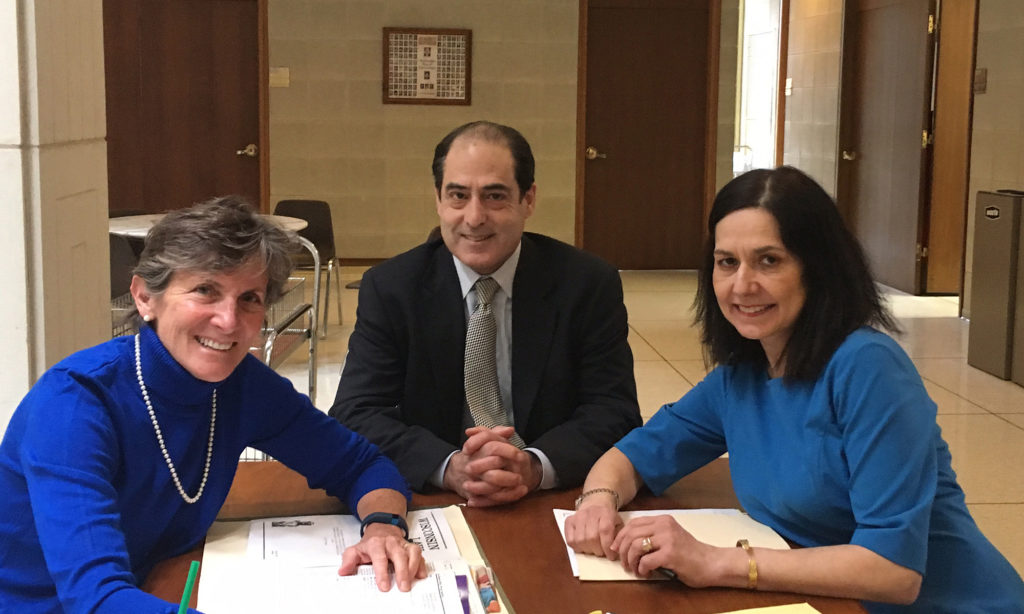California’s End of Life Option Act came into effect in 2016, with a sunset clause of 2026. However, since then, patients, clinicians and advocates have become aware of, and made known, flaws in the legislation as drafted. There is nothing particularly damning if a relatively new law is found to have gaps and shortcomings which could only reveal themselves after years of implementation. After all, the End of Life Options Act was itself largely modeled on the Oregon Death with Dignity Act which has only been on the books since 1997, since which time many states have enacted similar laws with needed tweaks based on years of experience.
There are some who decry any changes in MAID provisions as proof that we are beginning to slide down that Slippery Slope. Opponents of MAID relish invoking a dystopian future and a parade of horrors where Kevorkian wannabes will on their own initiative put Granny out of her misery and decide who lives and who dies, using MAID as a legal shield. Of course, their jeremiads are contradicted by the force of 23 years of evidence and statistics, which show that MAID’s safeguards are watertight and not a single credible instance of abuse has been reported.
So when one California legislator introduced a measure in Feb. 2021, SB 380 to make a few needed cosmetic improvements to address some common complaints in the law’s initial iteration, quite naturally opponents saw confirmation of what they have long expected: the fabled Slippery Slope.
So let us examine exactly what SB380 does and does not do and ask honestly whether these changes are an example of making legislation smarter, without compromising its initial undertaking of rock-solid safeguards to prevent abuse.
First the sunset clause of 2026 has been pushed back to 2031: the EoLA has proven popular in California and there have been no complaints of abuse or misuse. The law is filling a vital need and giving an option to dying people otherwise with limited choices. In the absence of any instances of misuse, it makes sense to postpone the sunset provision.
Second, SB380 lowers the waiting period between the first and second oral request from 15 days to 48 hours. This acceleration in the process is often necessary when a patient has perhaps less than 2 weeks to live: by the time the prescribed protocols have been pursued, the exercise will have become moot. Thus in some instances shortening the waiting period to 48 hours allows some patients to have the choice of self-administering a lethal dosage, rather than suffering painfully to the very end.
It should be emphasized that 48 hours is the floor, and not the ceiling,for the time delay between an initial and a final request. The attending physicians are expected to exercise this new flexibility with discretion based on individual circumstances. Doctors are still expected to make their own evaluation to ascertain that all the pre-existing requirements are satisfied: the patient is terminal; is not cognitively impaired, has been advised of alternatives; is not acting under duress or coercion. Many doctors will insist on establishing a relationship with the patient based on multiple conversations. The fact that a doctor may write a script 48 hours after first coming into contact with a patient does not mean that best practice or standard of care requires such brevity.
What is noteworthy here is that as with all medical procedures, the proper standard of care in these type of situation will develop and be publicized among practitioners at conferences, through peer reviewed journals, through continuing education clinics. as best practice.
A third change occasioned by SB 380 is a requirement that every healthcare facility or provider must post its policy on MAID on its website. Whether the facility will enter into detail as to that policy, or whether just use boilerplate statements (“we opt out” or “we support”), at least every institution will be required to articulate a policy. This is important when a patient is interested in MAID and needs to know whether it is worth the trouble of calling up an institution. It also requires all institutions to at a minimum think through their position vis a vis MAID and articulate it publicly.
Yet another change makes clear that no particular verbiage is required to constitute a first oral request. Some ambiguity here is inevitable If a patient calls a doctor, and asks “What is MAID?”, or “I wish there was a way to end it all”, are those oral requests, which would satisfy the statutory need for two verbal requests?
The law makes clear that any physician who receives an oral request for MAID, if she chooses to opt out, must nevertheless make a notation of that request and refer the patient elsewhere. There is of course a constitutional question whether a non participating, morally objecting doctor must nevertheless refer his MAID inquiring patient to a participating doctor or facility.
A final change makes clear that whereas the original law prohibited ingesting the medicine in a public place, for purposes of the law, a healthcare facility, hospital, hospice, assisted living, does not constitute public place. Whether this change will have much of an impact is dubious, because 90% of MAID users decide to ingest at home. In any case, as most hospital and healthcare facilities receive some Federal funding, it is unclear whether the 1997 Assisted Suicide Funding Restriction Act would prevent any such facility from allowing a patient who opted for MAID on their premises. California law now says “That’s fine”; Federal law remains an obstacle.
One thing is clear from SB380– it in no way resembles the slippery slope which doomsayers predict. None of the bulwark safeguards has been weakened. No effort has been made to allow a third party to administer the medicine; no weakening of the requirement that the patient must be fully compos mentis. No initiative to allow incurably sick, rather than terminally ill patients, to qualify. Rather it seem that the legislature is simply tinkering at the edges for a better mousetrap.
One final note: the underlying rationale for SB380 was to improve patient access to MAID. However, despite the best of intentions, the bill does not really get to the crux of the problem: there are simply too few doctors in California to handle the number of patients wishing to avail themselves of MAID. Access to MAID remains a problem, but SB380 makes it marginally easier to avail oneself of the law.


